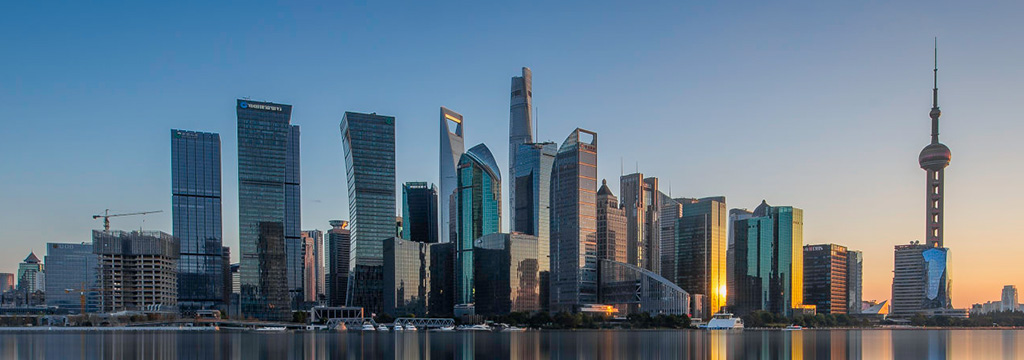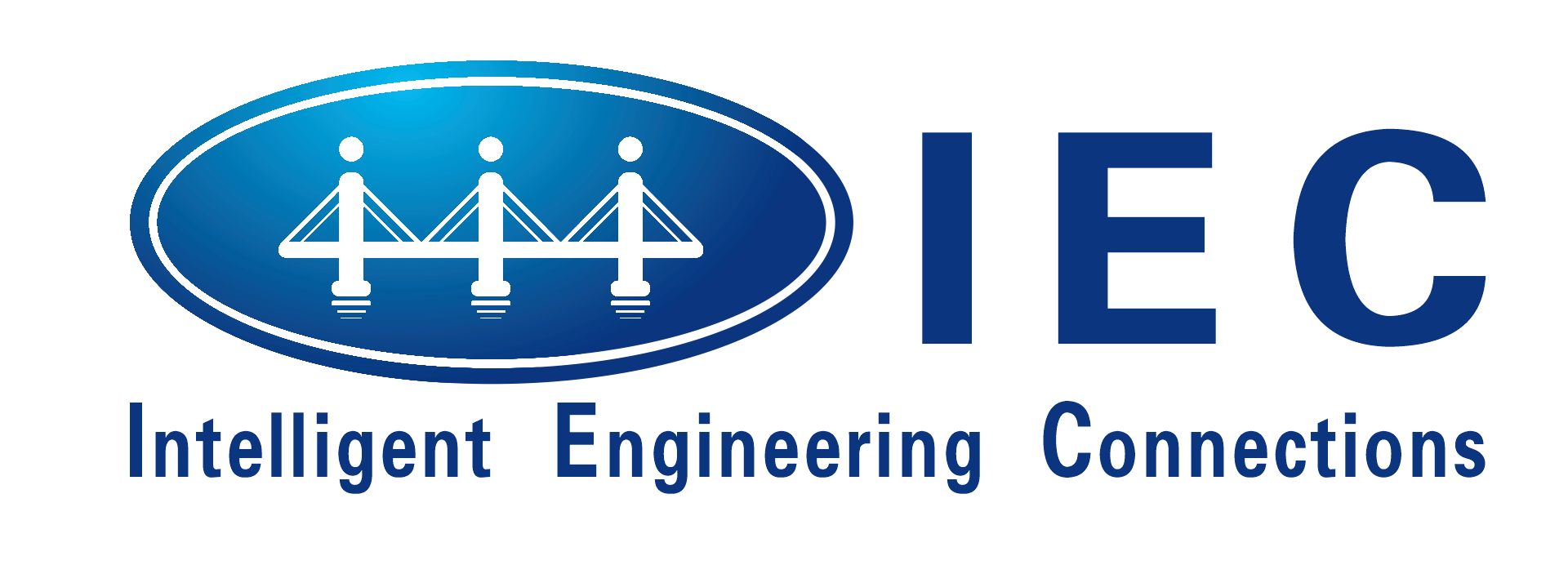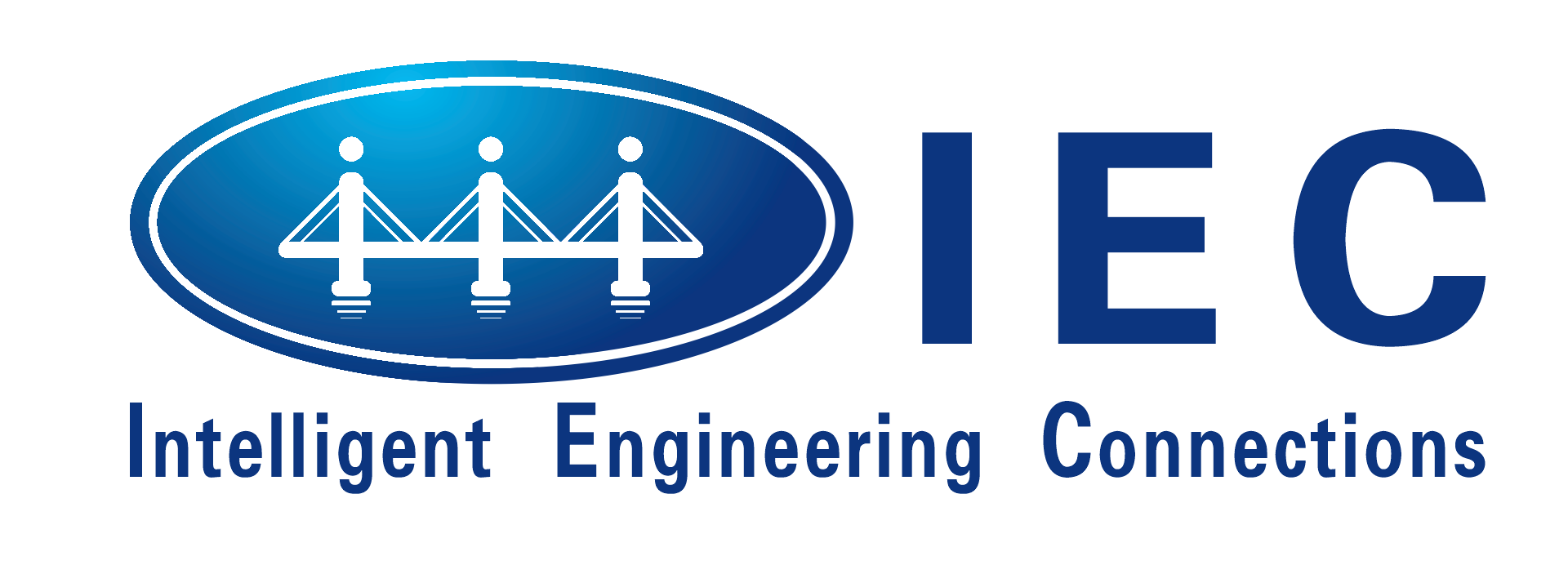The safety of civil-engineering structures is subject to various internal and external factors. The most important two sets of parameters to evaluate structural safety are displacement and internal force. An effective method to simulate the real safety situation of structures, is to apply digital-twin algorisms of displacement and internal force in SHM systems.
There are mature methods to measure displacement related parameters (i.e., deflection, vibration etc.) of structures, and these measurement methods are primarily non-contact methods, which allows high precision calibration. Therefore, the measurement of displacement related parameters is reliable, and the digital twin of displacement can be achieved.
On the other hand, internal force measuring of structures, such as structural bearing load and cable tensile load measurements, are not recognized as reliable in the case of long-term measurements. Different methods have been used for force measurements, but by far none of these methods is able to calibrate on a regular basis while structures are in service. This leads to the measured results of internal force lack of traceability, and therefore unreliable and cannot be trusted in SHM systems.
As civil structures are usually designed to last for more than 50 years, it is necessary to invent a reliable force measurement technology that enables in-situ calibration (i.e., calibration without affecting structures in service), which can continuously produce reliable, trustworthy force measurement data. The digital twin of reliable internal force can then be established, and an adaptive control system to optimize the internal force distribution of structures can be implemented.
For statically indeterminate structures, the reliably continuous monitoring and adaptive control technology is especially effective. Take a cable bridge, for example, tensile forces of the cables are continuously measured and feed back to the SHM system. When uneven tensile force distribution of the cables happened, it can be detected in the early stages, and the system can adaptively control the cables to re-distribute the tensile forces precisely. This effectively prevents the bridge from further damages and incidents. To get these realized, the most important question is: how can the system get the reliable internal force data?


